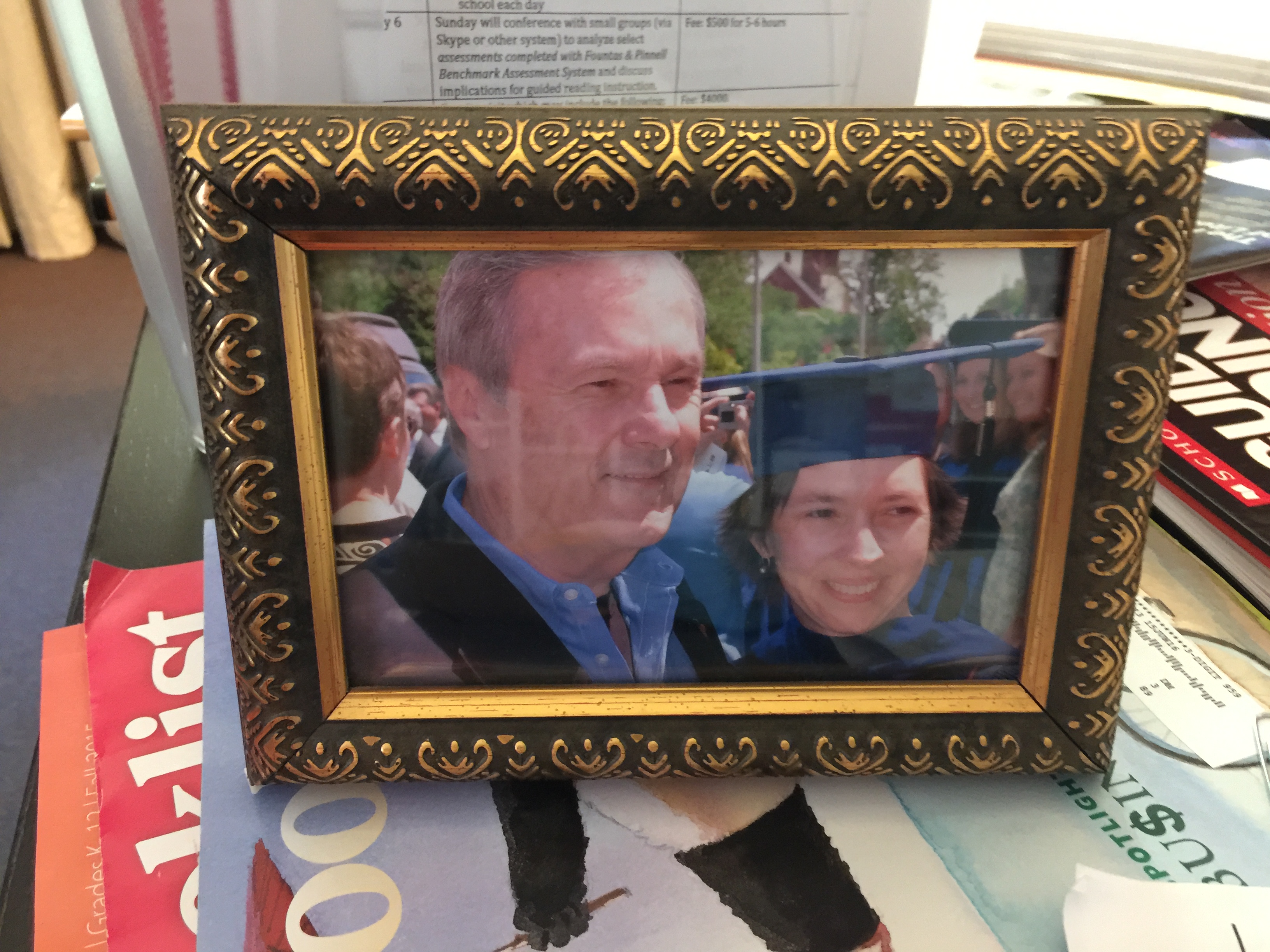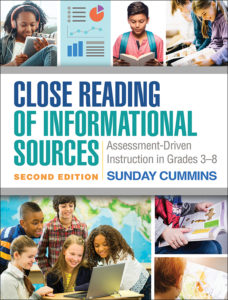
Do you have a framed photograph somewhere on your desk at school or at home? What or who is in that photograph? Why did you decide to frame that photograph? Chances are you have lots of pictures of the person, animal, or place shown in that photograph, but there is something special about this particular photograph that made you want to frame it? Maybe the photograph represents a special day in your life that you want to remember, like a wedding or a family trip. Maybe it is the best photograph you have of a beloved dog, cat, or horse. There is something about how the details came together in that picture that made you want to frame it. In other words, the photograph has a main idea or important point.
How does a framed photo compare to what we do when we identify main ideas?
Let’s think about a book like The Wolves Are Back (George, 2008). The author describes how the flora and fauna of Yellowstone National Park changed when wolves were removed from the ecosystem in the early 20th century. This is a main idea in the book. George also explains what happened when the wolves were returned to the park decades later.

Back to the framed photo analogy. If you read this book, you will notice that the author has arranged familiar facts (that you can find in lots of other sources) in such a way as to convey a specific message or main idea (that may not be revealed in other sources with facts about wolves). The key details in this book are similar to details in a photograph; they are connected to each other revealing a bigger idea. The reason you put that photo in a frame or what makes that photo special is similar to George’s main idea. She wants to create a picture (key details) that is worth framing (main idea).
Think about what you do when you look at a photograph someone has framed.
- You notice the details in the photograph.
- You make connections between the details.
- You also make connections to what you know about important events or special people in your own life.
- Then you draw conclusions about the importance of that photograph to the person who framed it.
This process is similar to what we do when we synthesize the information in a source. Sharing this analogy might help students.
This analogy can be introduced to students during Phase 2—Meet the Strategies of the three-phase lesson plan for learning. After a brief discussion of this analogy, students read–view–listen to the selected source or part of that source again and ask themselves these important questions:
- What are details that seem important?
- How are these key details connected?
- How does this information help me figure out the author’s main idea?
This analogy gives students an idea of what they need to do when they are reading and thinking about a source’s main ideas. As they read, they need to be asking

If you need more information about this, I describe the framed photo analogy and sample lessons in Chapter 3 of my book Close Reading of Informational Sources.
Hope this helps.
Sunday
UPDATED 2/17/2021
